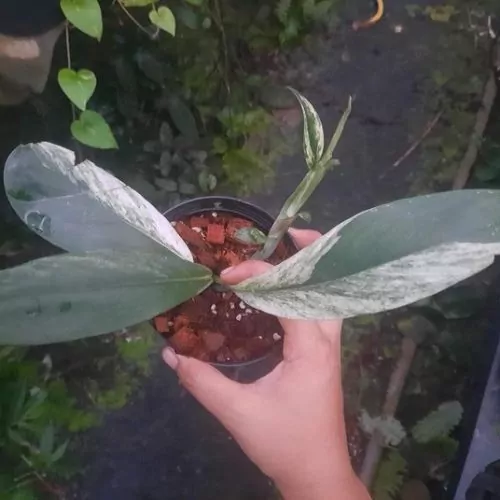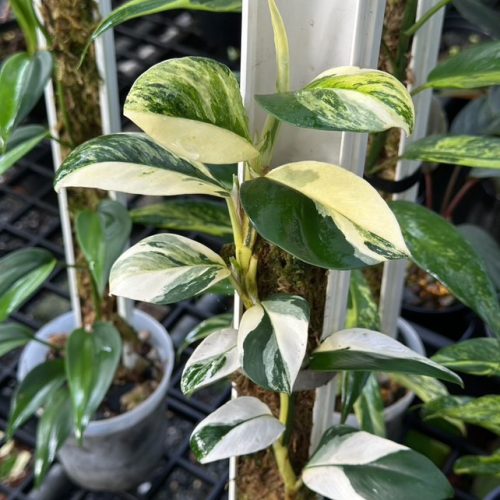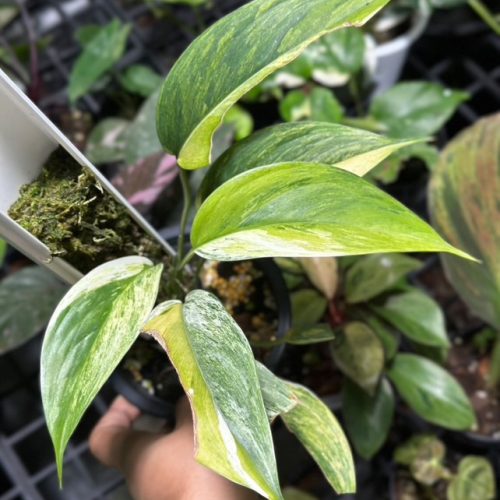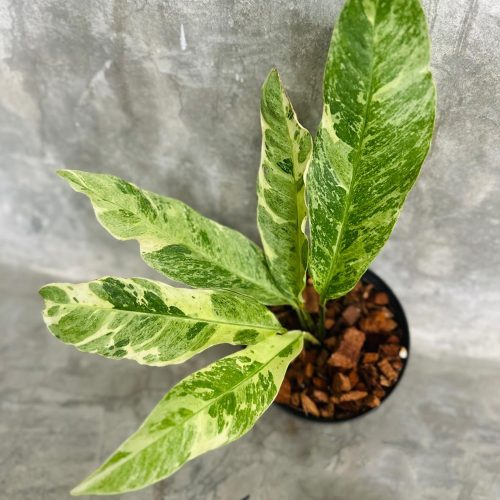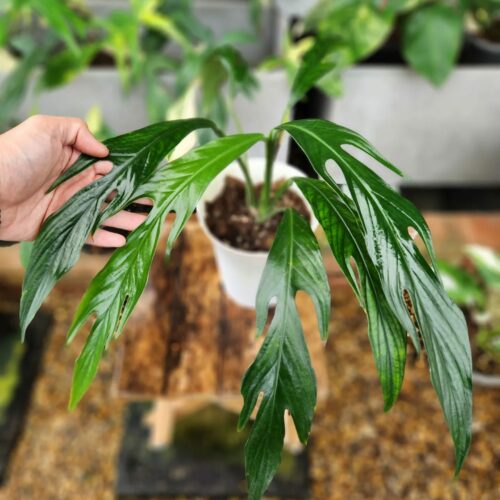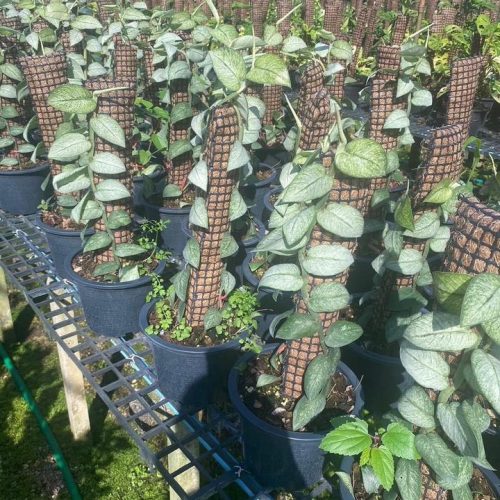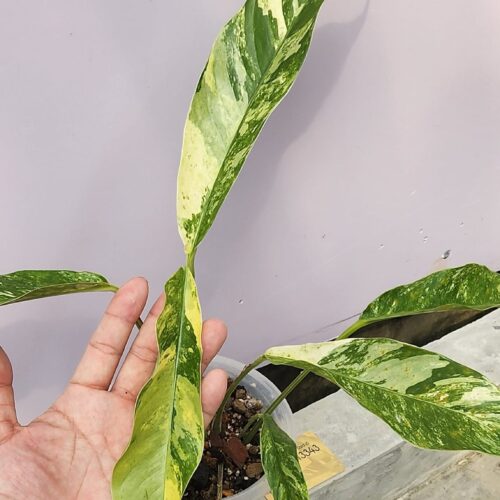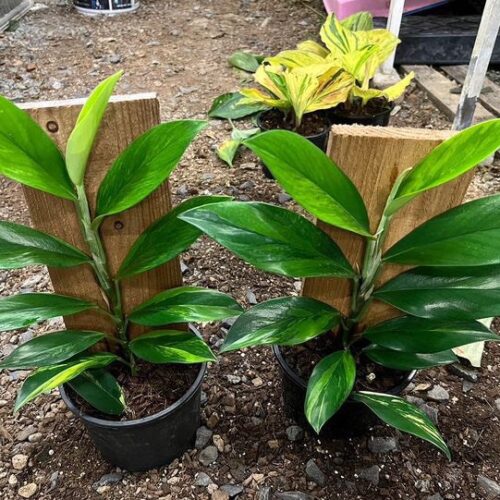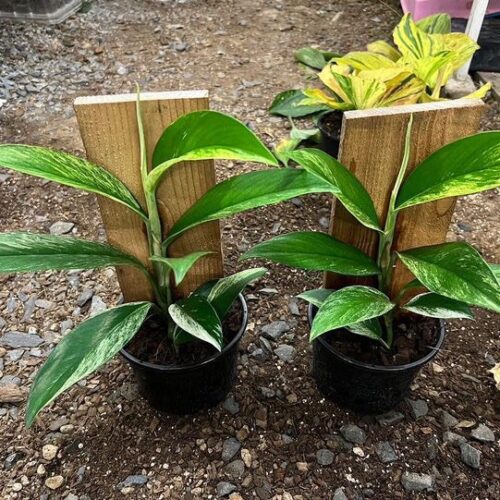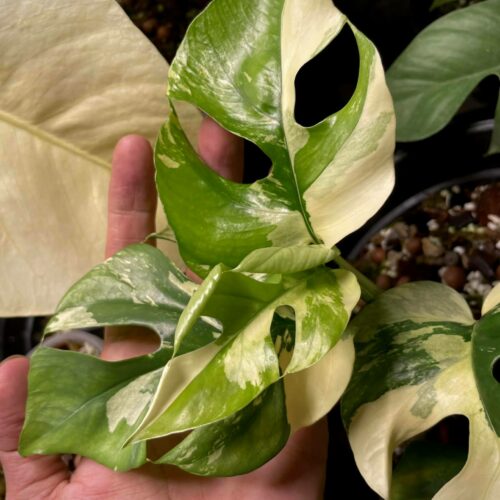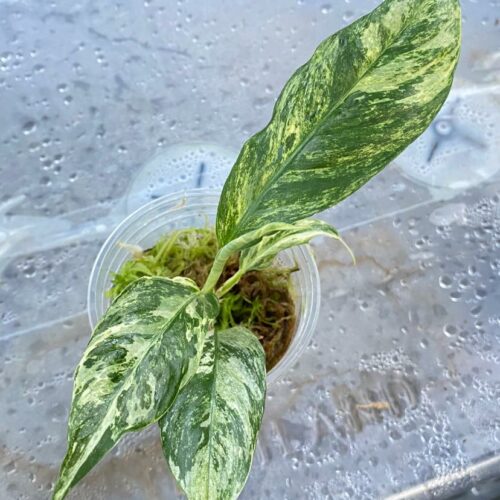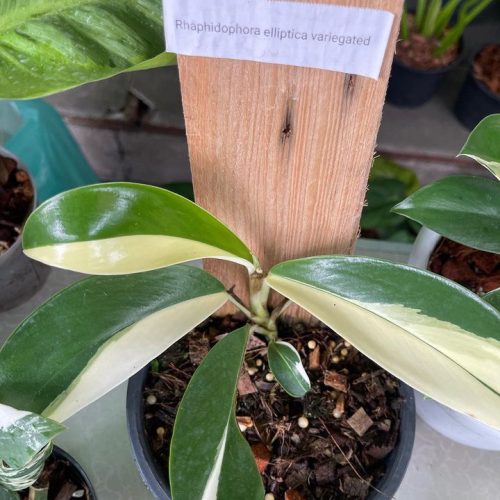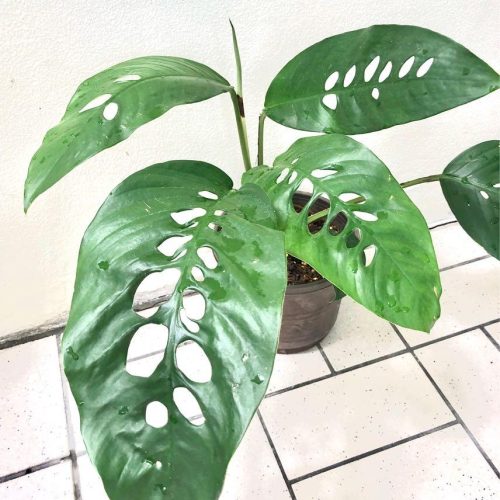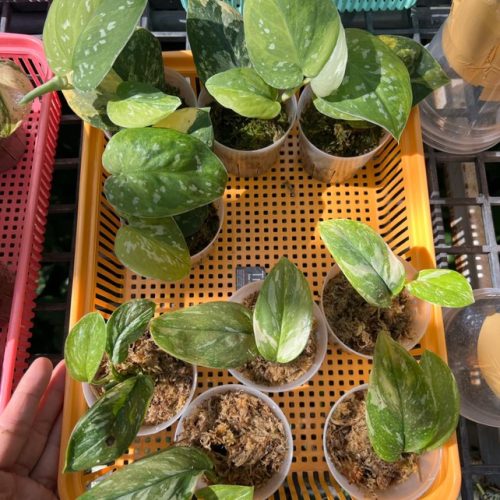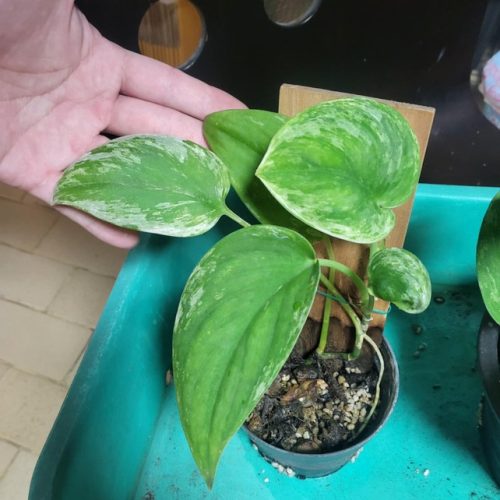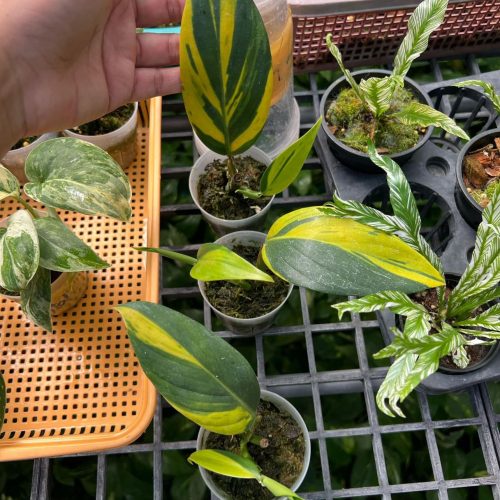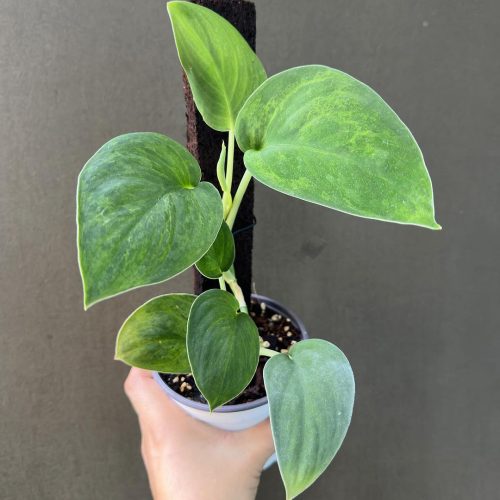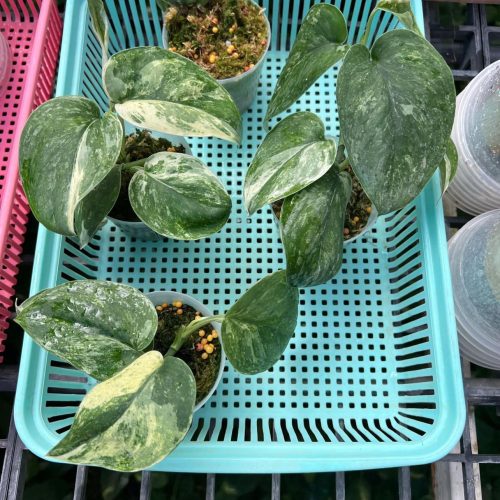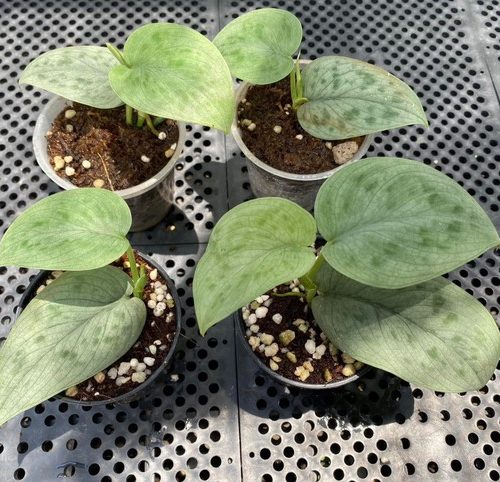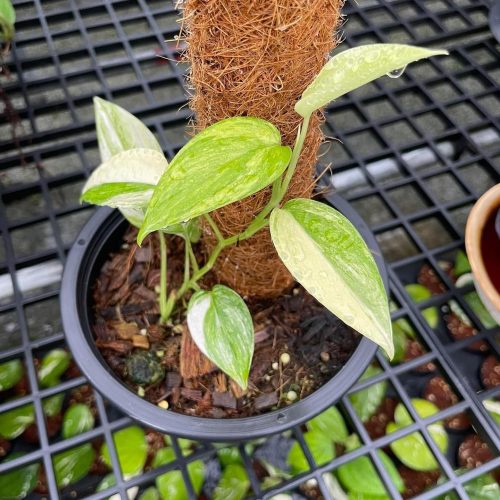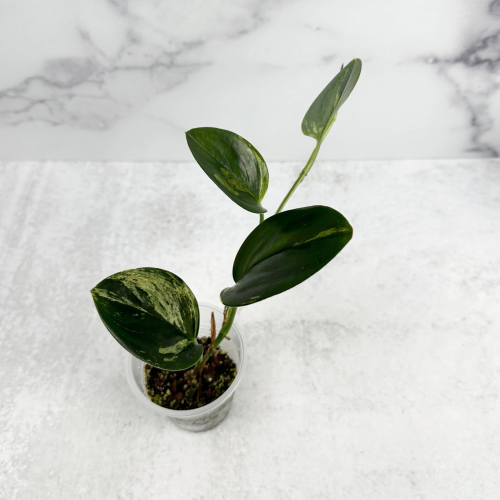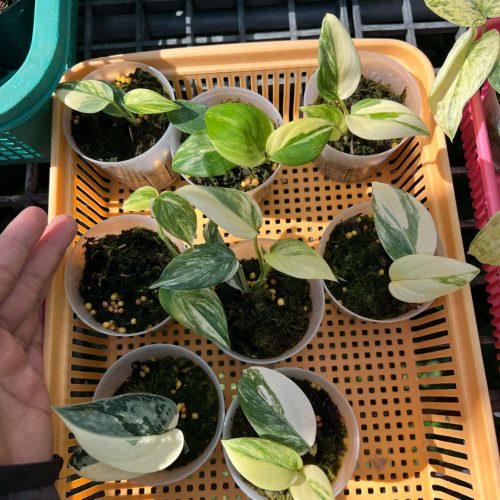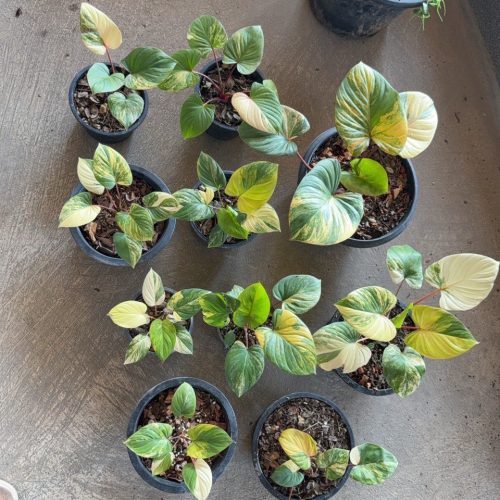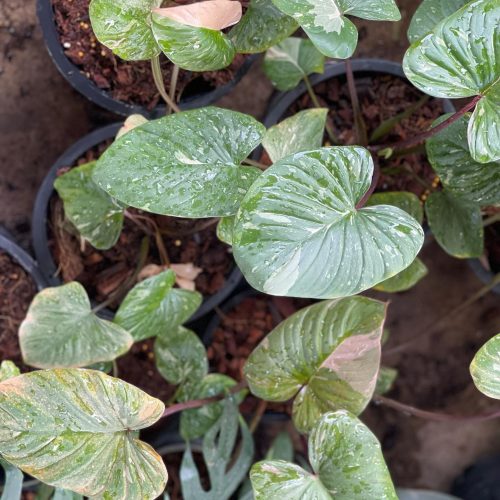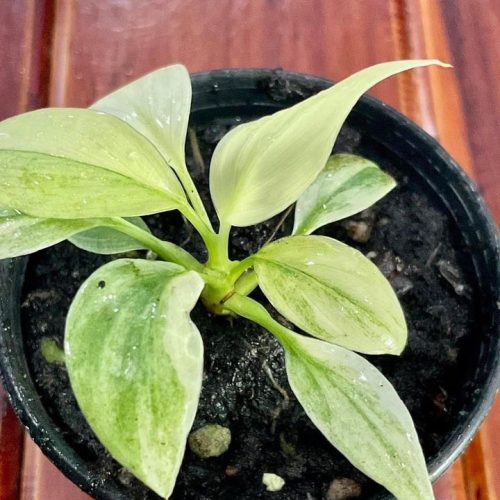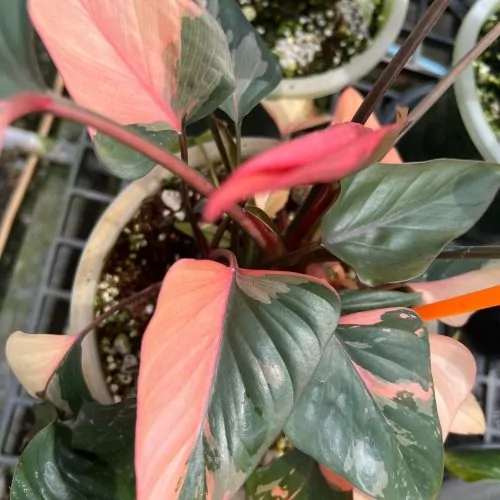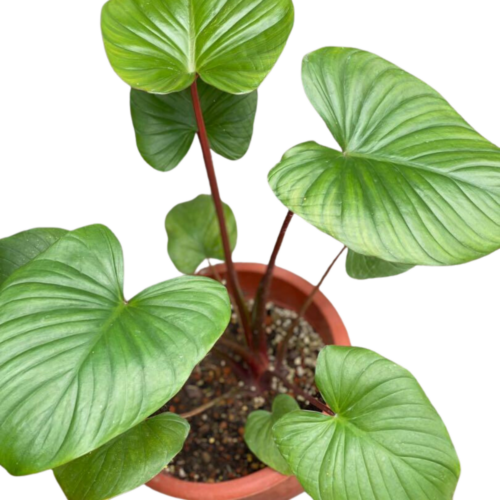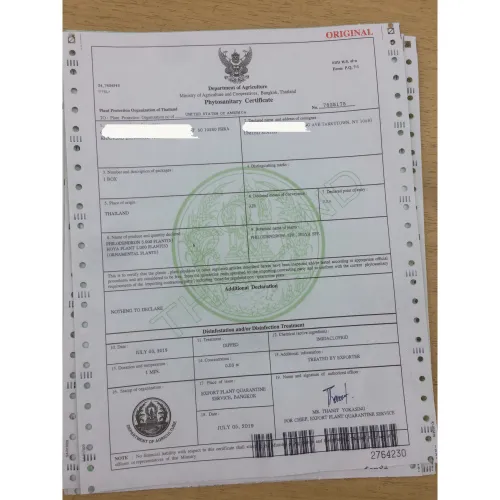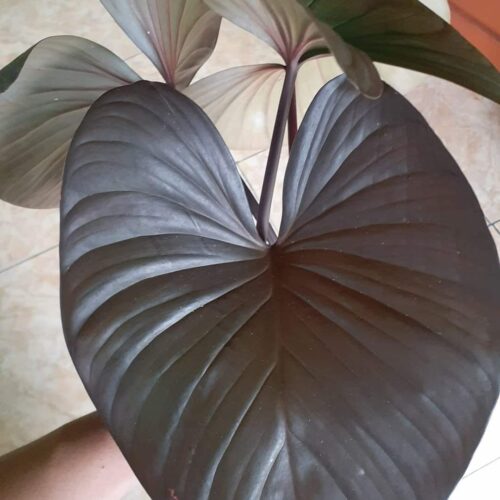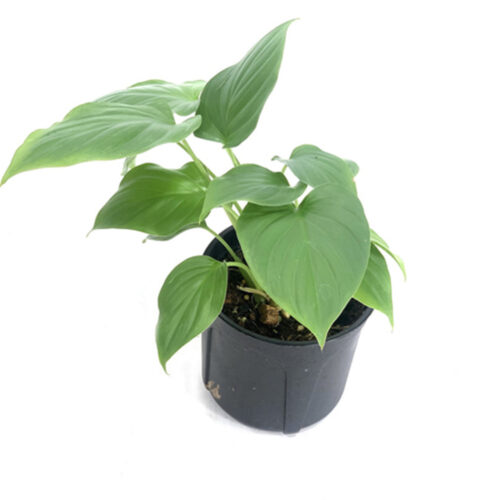The Homalomena Pink Diamond is a beautiful and vibrant houseplant that brings a touch of color and elegance to any indoor space. Known for its striking pink and green foliage, this plant is relatively easy to care for. Follow these five easy steps to keep your Homalomena Pink Diamond thriving.
Introduction
The Homalomena Pink Diamond is a member of the aroid plant family, which includes popular varieties like Philodendron, Monstera, and Anthurium. Native to the tropical regions of Southeast Asia, this plant is prized for its colorful, heart-shaped leaves. Similar to Aglaonema and Epipremnum, the Homalomena Pink Diamond is not only beautiful but also relatively easy to care for.

Step 1: Provide Bright, Indirect Light
The Homalomena pink diamond thrives in bright, indirect sunlight. Direct hot sunlight will scorch and fade the leaves.
Finding the Right Light Levels
Place your Homalomena near a south or west-facing window where it will get lots of bright, gentle light. Sheer curtains over the window help diffuse the sunlight. Bright shade also works well for this plant.
Signs of Insufficient Light
If your plant isn’t getting enough light, you’ll notice slower growth, smaller leaves, and faded variegation on the leaves. The leaves may also point downward as the plant reaches for more light. This lighting condition is also suitable for other tropical plants like Syngonium and Rhaphidophora.
“For detailed information on providing the appropriate light for Homalomena varieties, refer to the article ‘Homalomena Lighting Tips: A Balancing Act for Exotic Beauty‘.”
Step 2: Use a Well-Draining Aroid Mix
Using the right potting mix is key for healthy roots and proper drainage.
The Best Potting Mixes
A well-draining potting mix is essential for the Homalomena Pink Diamond. A mix containing peat, perlite, and orchid bark works well. Fertilize your plant monthly during the growing season (spring and summer) with a balanced, water-soluble fertilizer. Reduce feeding in the fall and winter when the plant’s growth slows down.
This routine is beneficial for other houseplants, including Sansevieria and Scindapsus.
Avoid Heavy Mixes
Avoid standard potting soils or mixes with too much peat or moisture-retentive additives, as these can lead to rot with the Homalomena’s sensitive root system.
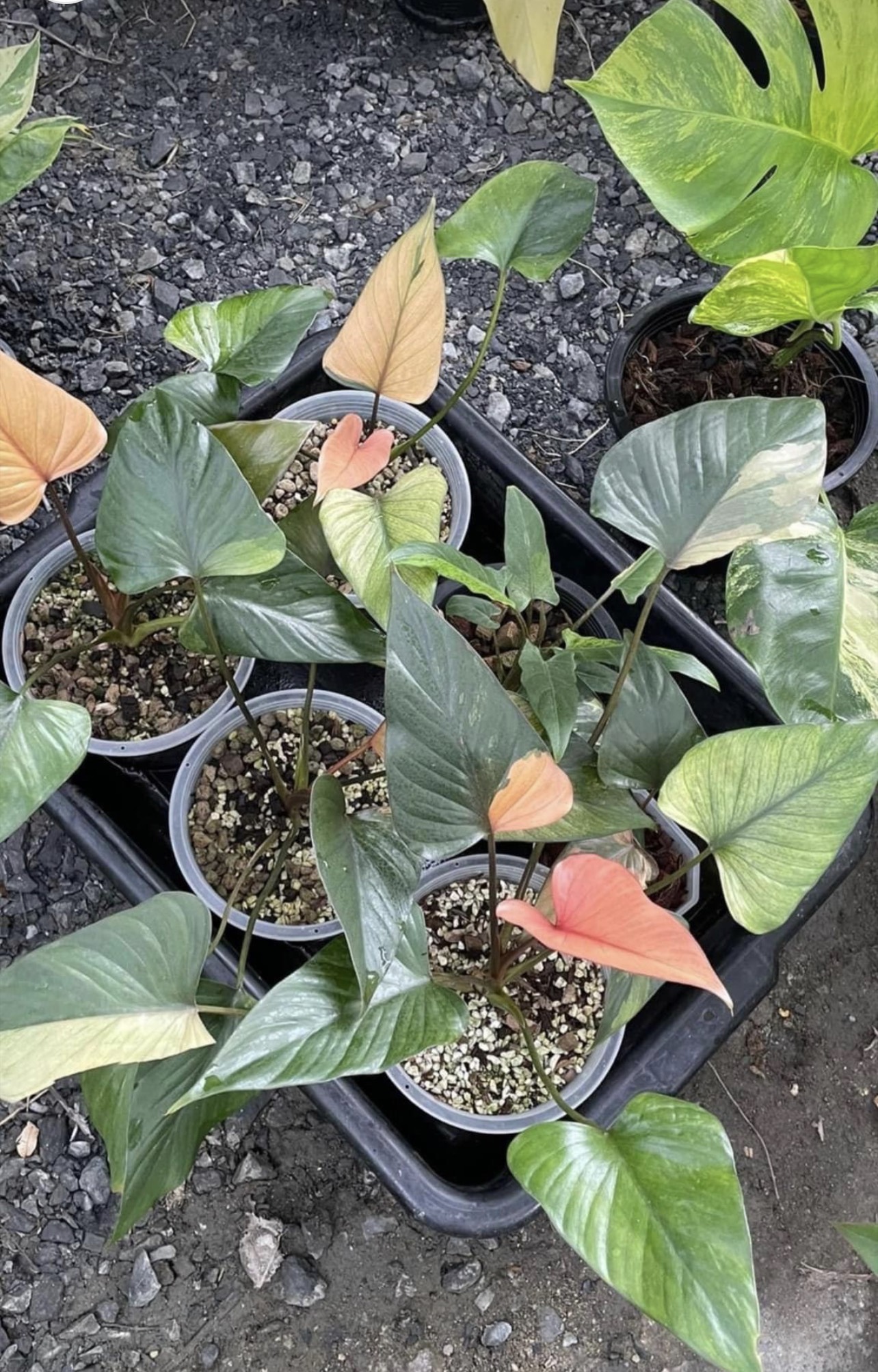
Elevate your space with the exquisite beauty of Homalomena Pink Diamond.
Ready to make this botanical gem yours? Click ‘Add to Cart‘ now and bring a touch of natural luxury into your life!”
Step 3: Provide Consistent Moisture
While the Homalomena pink diamond doesn’t like soggy soil, it also dislikes completely drying out between waterings.
Watering Best Practices
Water thoroughly once the top inch or two of soil becomes dry. Feel the soil to gauge moisture rather than sticking to a strict watering schedule.
This plant appreciates high humidity levels, much like Fern (Platycerium) and Dischidia. Increase humidity by misting the leaves regularly, placing a humidifier nearby, or using a pebble tray filled with water.
Dry Out Causes Issues
Allowing the soil to completely dry out can lead to yellowed, crispy leaves and stunted growth. Consistent moisture will keep your plant happy.
“For specific guidance on watering frequency and methods for Homalomena, consider checking out ‘Unlocking the Secret to Thriving Homalomena: Watering Tips‘ for more details.”
Step 4: Increase Humidity
Warm, humid conditions mimic this plant’s tropical origins. Higher humidity supports lush growth and vibrant leaf coloring.
Use a Humidifier
Run a humidifier near your Homalomena to keep humidity levels between 50-60%. Group other tropical plants nearby to create a moist microclimate.
Pebble Trays
Place the pot on a pebble tray filled with water. As the water evaporates, it will increase humidity right around the plant.
Linking text: “If you want to understand more about the importance of humidity for Homalomena’s growth, look into ‘Homalomena Temperature and Humidity: 101 Guide‘, where you’ll find useful information.”
Step 5: Provide Temperatures Above 60°F
As a tropical plant, the Homalomena prefers consistent warm temperatures above 60°F. Cooler temps can cause leaf damage.
Monitor Temperature Fluctuations
Don’t place this plant near drafty windows or doors. Use a thermometer to monitor for drops in temperature and move the plant to a warmer area if needed.
Use a Space Heater
Consider running a space heater in the room during colder months to keep things cozy for your Homalomena. Just don’t place it directly in the path of heating vents.
Homalomena species are the most sought after by aroid plant lovers
Conclusion
Caring for the stunning Homalomena pink diamond mainly involves providing adequate warm, bright, humid conditions similar to its native Southeast Asia environment. Pay close attention to its watering, humidity, light, and temperature needs. With a little extra care, this eye-catching aroid will thrive and show off its gorgeous foliage! Consistently following these 5 key growing steps will help ensure your success with this plant.
FAQ
- How often should I water my Homalomena Pink Diamond plant?
- Watering frequency depends on various factors like temperature and humidity. In general, water your Pink Diamond when the top inch of soil feels dry. It’s important not to overwater, as Homalomena plants prefer slightly moist soil, not soggy conditions.
- What is the ideal lighting conditions for my Homalomena Pink Diamond?
- Homalomena Pink Diamond plants thrive in bright, indirect light. Avoid direct sunlight, as it can scorch the leaves. Place your plant near a window with filtered or diffused sunlight for optimal growth.
- How can I fertilize my Homalomena Pink Diamond?
- Feed your Pink Diamond with a balanced liquid fertilizer during the growing season (spring and summer) every 4-6 weeks. Reduce or stop fertilization during the dormant winter months.
- What should I do if my Homalomena Pink Diamond’s leaves turn yellow or brown?
- Yellow or brown leaves can be a sign of overwatering or low humidity. Ensure that you allow the soil to partially dry between waterings and consider misting the plant or using a humidity tray to increase moisture in the air around the plant.
- How do I propagate my Homalomena Pink Diamond?
- Homalomena Pink Diamond can be propagated through division. Carefully remove the plant from its pot and separate the rhizomes with roots. Plant these divisions in new pots with suitable potting mix. Ensure each division has roots and healthy shoots for successful propagation.

